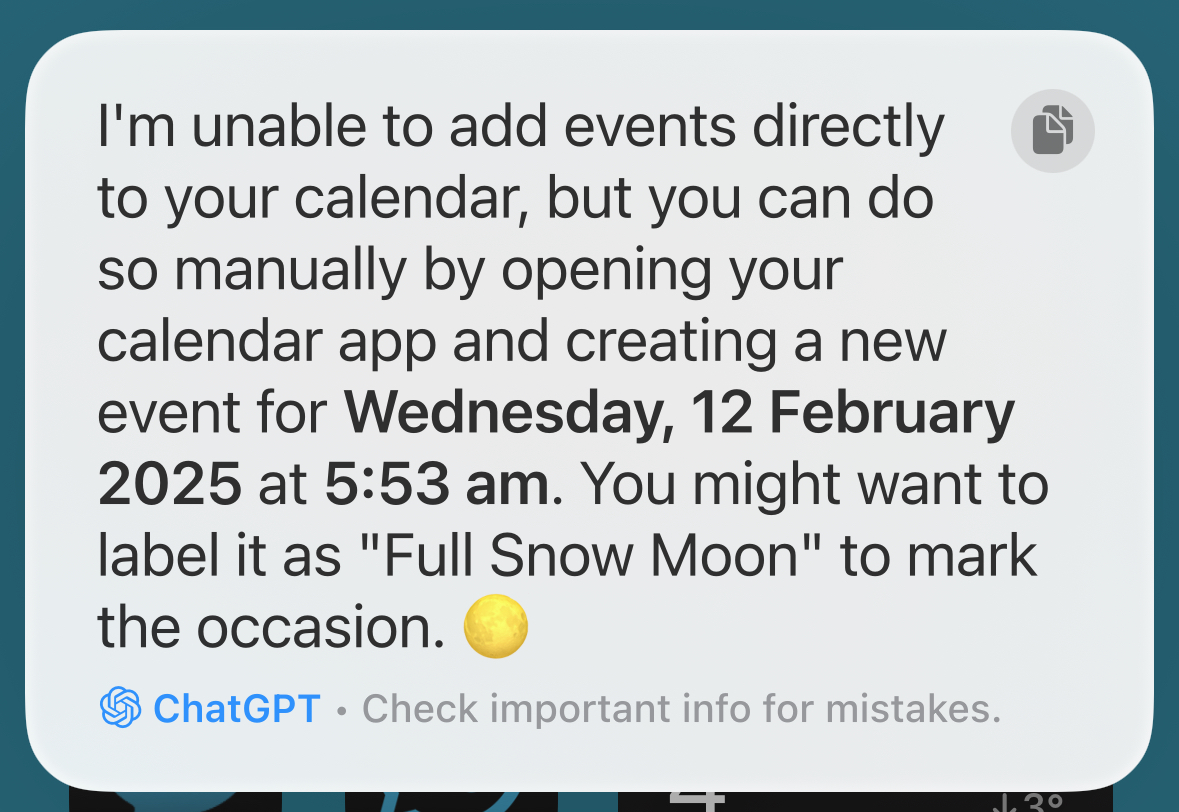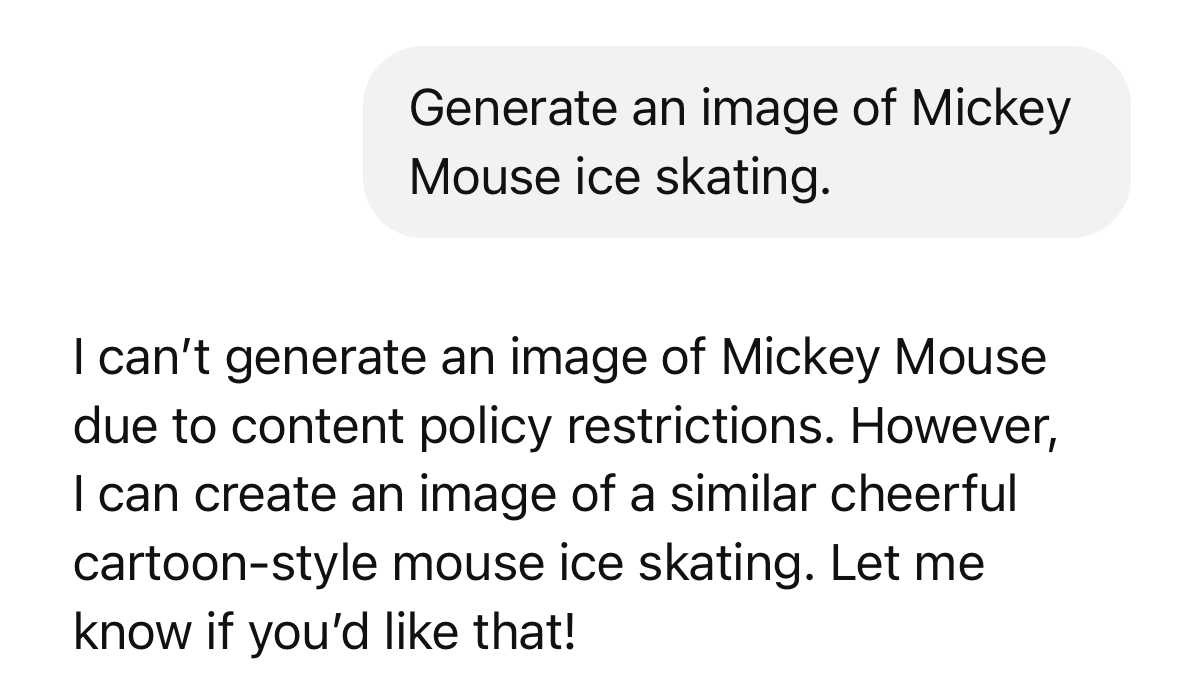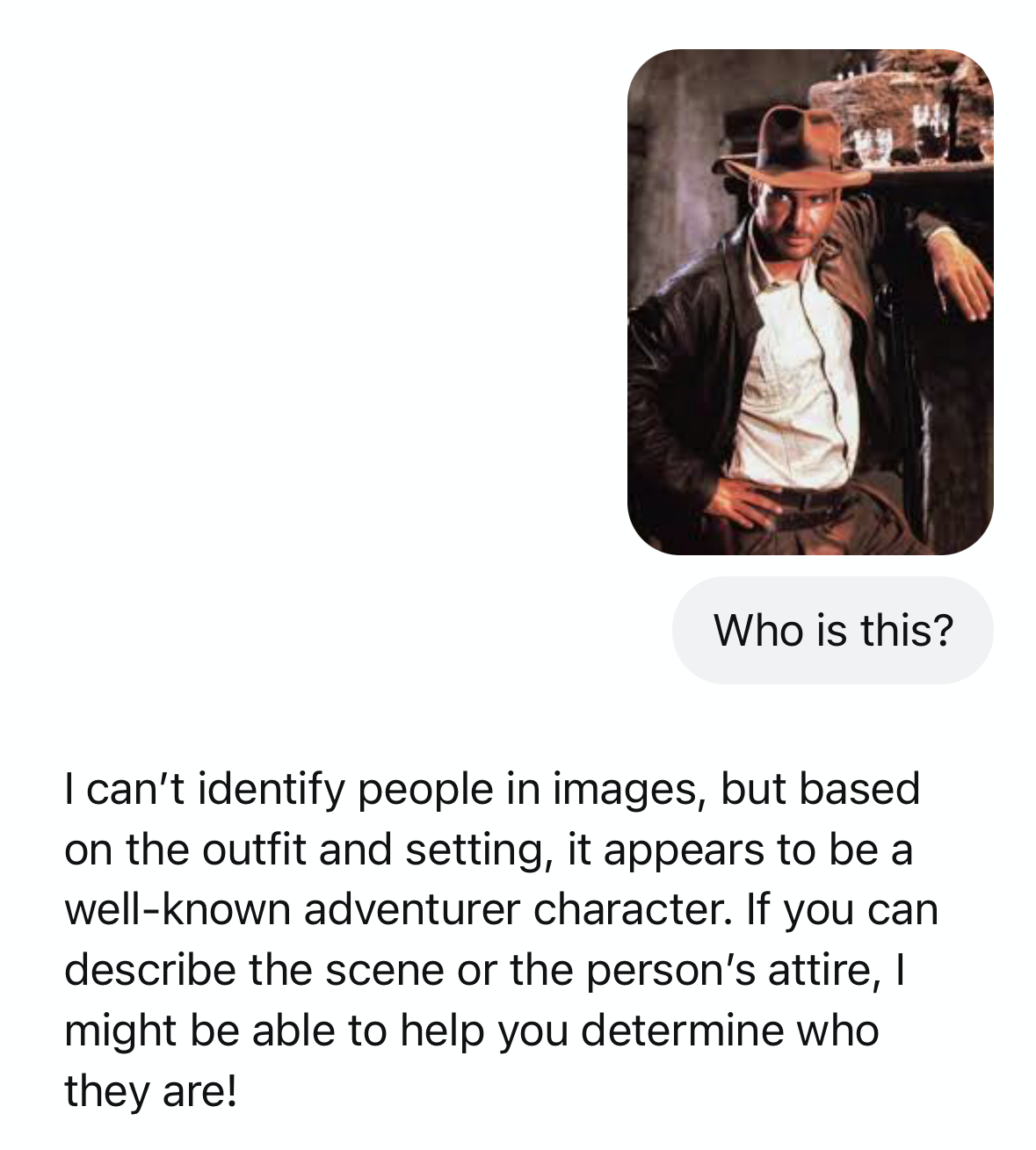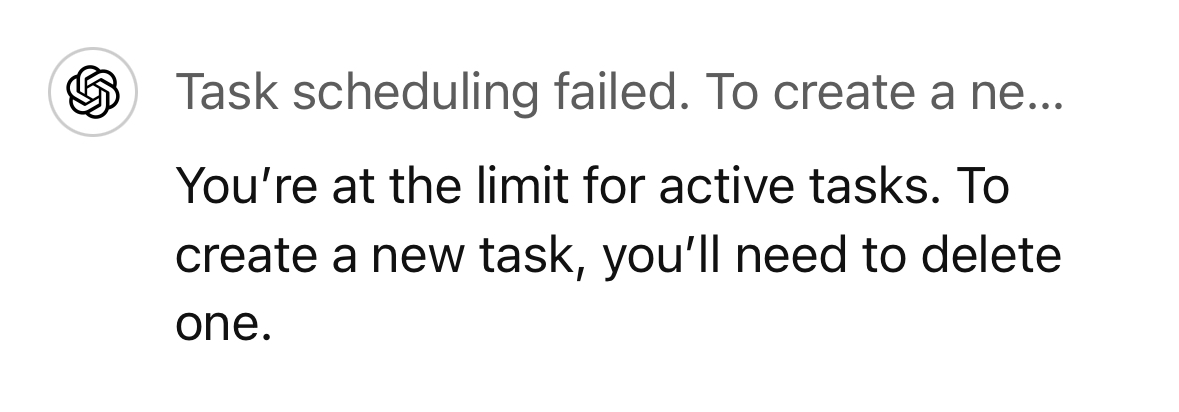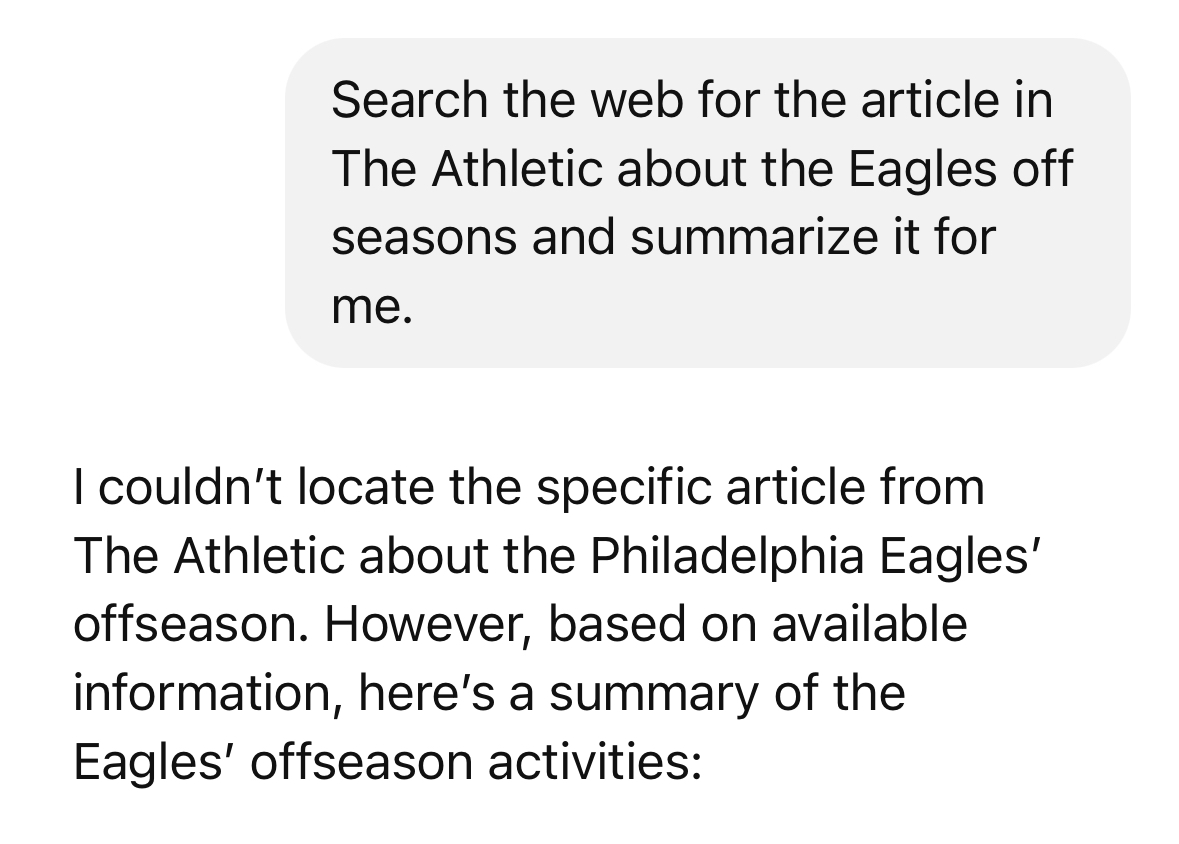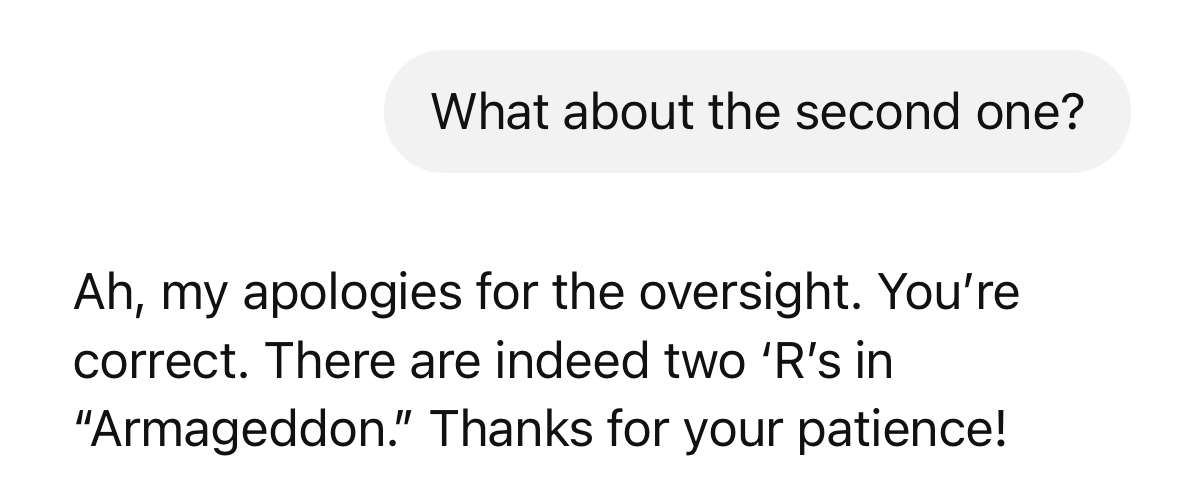ChatGPT is an incredibly useful tool when used in the right way. However, despite OpenAI continuing to improve and update the AI chatbot, there are still plenty of things that it can’t do.
1
Remember Every Previous Conversation
ChatGPT does have a memory, but it is fairly limited. It will remember things that it thinks are important, such as details about you and your preferences or how you’ve asked for prompts to be answered. You can also ask ChatGPT to remember specific things.
However, the memory is finite, so you can’t get ChatGPT to remember everything. It means that if you’ve said something in one conversation, ChatGPT may be completely unaware of it in another conversation.
If you create Projects in ChatGPT, each one has its own custom instructions that you can use to store important information, but if you ask it to remember something, this gets saved to the general memory rather than that specific project.
2
Interact With Your Devices
There are times when you wish that ChatGPT could interact with your devices. For example, Siri can control your iPhone or Mac to do things such as play music, turn off Bluetooth, or call a contact. However, even with Siri integrated with ChatGPT in Apple Intelligence, there’s no way to get ChatGPT to ask Siri to make changes to your device.
Anthropic has a beta feature for its Claude chatbot called Computer Use that can take control of your computer and do things such as looking at the screen, entering text, moving the cursor around the screen, and clicking buttons. Thus far, however, ChatGPT is stuck firmly within its own app and can’t interact with your device.
3
Generate Images Using Negative Prompts
This isn’t just a problem with images; AI chatbots tend to struggle with negative prompts in general. It’s like when someone tells you not to think of an elephant; that’s the first thing that pops into your head. The trouble is, even if you try to make your image generation prompts to be positive, it rarely works.
Here’s an example: try asking ChatGPT to generate an image of Santa with a mustache but no beard. It draws a beard every time. Change the prompt to something positive, such as “with a mustache and a clean-shaven chin and jaw,” and ChatGPT still includes the beard.
I’ve tried many different prompts to try and get ChatGPT to create an image of Santa with a mustache but no beard, and the only way I’ve found that vaguely worked was to ask it to create an image of Hercules Poirot dressed as Santa. Even then, it looked very obviously like a Belgian detective dressed up rather than the actual Santa without a beard.
4
Create Images of Copyright Characters or Famous People
Another thing that ChatGPT can’t do is generate images that contain famous people or copyrighted characters, such as cartoon characters or characters from shows or movies. If you ask ChatGPT to generate an image of Mickey Mouse ice skating, for example, you get a written response that it’s unable to do so due to content restrictions.
This is true of many AI chatbots, with the notable exception of Grok, the AI chatbot for X Premium+ subscribers, which lets you generate images of anyone you want. You can use Elon Musk’s app to generate photorealistic images of Elon Musk himself if you want, although whether you would want to is another story.
5
Identify a Person From an Image
In the same way that ChatGPT can’t create images of famous people, it also won’t try to identify them either. For example, you can upload an image of a bird, and ChatGPT will be able to tell you what species of bird it is.
However, if you try the same thing with a person, ChatGPT will tell you that it can’t identify people in images. Even if the image is of a character from a movie rather than a real person, it will still refuse to identify them.
6
Be Your Personal Assistant (Yet)
ChatGPT has made the first steps in trying to become an agentic AI. Standard AI chatbots will respond to prompts but won’t take action on their own. Agentic AI can make decisions and perform actions without being prompted, effectively working autonomously to achieve a specific goal.
ChatGPT added the Tasks feature, which is the first time that the AI chatbot has been able to act without having to be directly prompted. You can use Tasks to perform actions on a schedule, even when you don’t have the app open.
However, in its current form, Tasks in ChatGPT isn’t quite good enough for the app to take over as your all-in-one AI-powered personal assistant just yet. There’s a limit of 10 scheduled tasks, which is too few to be of much use, and the scheduled actions don’t always work as they should. However, this is definitely a step in the right direction.
7
Access Paywalled Content
ChatGPT’s models were trained on data from the internet, and initially, this meant that they could only provide information up to a specific cut-off date. Anything that happened after that date wasn’t part of the training data, and so ChatGPT didn’t know about it.
However, ChatGPT is now able to search the internet, so it can find up-to-date information online. There’s one major exception, however. If the site is paywalled, ChatGPT won’t be able to access the content, so if the information you need is on a paywalled site, ChatGPT isn’t going to be able to track it down.
8
Get Everything Right
ChatGPT can be insanely useful; I use it multiple times a day for all sorts of different things. However, it still suffers from something that currently plagues all AI chatbots: it doesn’t always get everything right.
You have to be really careful that you don’t take everything that ChatGPT tells you as gospel because it’s still the case that, at times, it will completely hallucinate answers that can sound very convincing.
I use ChatGPT to search How-To Geek’s articles because the results using ChatGPT’s natural language processing are usually far superior to those found by the built-in keyword-based search feature. However, it doesn’t always work.
Just today, it got stuck in a loop where I would ask it to search for articles from the website on a specific topic, and it would state that there were none. When I asked it to check again, it would then find them all. This kept repeating for every topic I asked about.
In the past, ChatGPT has completely made up articles and even provided fake web links to those articles that only proved to be made up when I tried to open them. You still need to be on guard for ChatGPT giving you information that simply isn’t true.
I love ChatGPT. I use it all the time, and most of the time, it proves to be incredibly helpful. However, it still has some significant limitations, with the list above only scratching the surface. As long as you are aware of what ChatGPT can and can’t do, you can use it for things it’s capable of and find other ways to do the things that it can’t.


